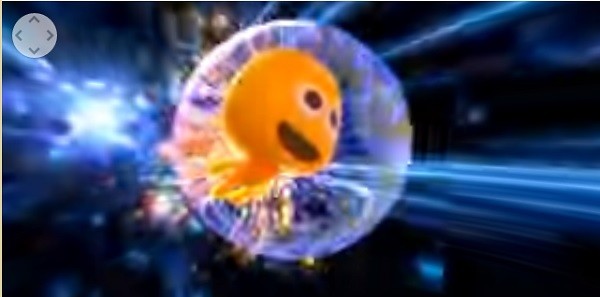Chinese studio Light Chaser Animation is giving viewers a chance to use their smartphones to watch its first-ever virtual reality (VR) short film entitled "Sent," as reported by The Hollywood Reporter.
The studio, which was started in 2013 by tech billionaire Gary Wang, is calling "Sent" a short story, not a VR experience. The point of the project is to highlight the narrative capabilities of VR and not just the immersive experience that the technology is already known for.
"Lately, some key figures in the movie industry have questioned the viability of narrative storytelling in the VR medium," said Light Chaser in a statement. "'Sent' is Light Chaser's first attempt in answering that question."
James Cameron is one of the people in the industry that have questioned the narrative potential of VR. "What will the level of interactivity with the user be other than just 'I can stand and look around'?" he said in 2014.
"Sent" runs for five minutes and 40 seconds, and it tells the story of a "Goodbye" emoji caught in a fight between a boy and his girlfriend. The story features different emoji characters competing to be chosen and used in the conversation.
Once the boy picks the "Goodbye" emoji, it goes on a magical journey with plenty of surprises.
While watching the short, viewers can look around, as with many VR immersive experiences.
Light Chaser spent five months to develop and produce "Sent."
The studio also released "Little Door Gods," its first feature film, grossing $12 million in the country.
"Virtual reality presented us with many challenges as well as opportunities, and it was very exciting for us to explore this new medium for storytelling," said Mi Li, the director of "Sent."
Light Chaser said that it used various techniques so that narrative flow is maintained in the short despite the freedom given to the viewer. An example is the use of "indirect control" to help viewers follow the story.
Compared with "Little Door Gods," "Sent" used five times the amount of animation data, 12 times the calculation time for special effects, and 877 times per-minute average in lighting and compositing, according to Light Chaser.
"Sent" is available on Milk VR for Oculus users and YouTube for Google Cardboard users. It will be released on Oculus Cinema soon.
Even desktop users can view the short on YouTube:



























